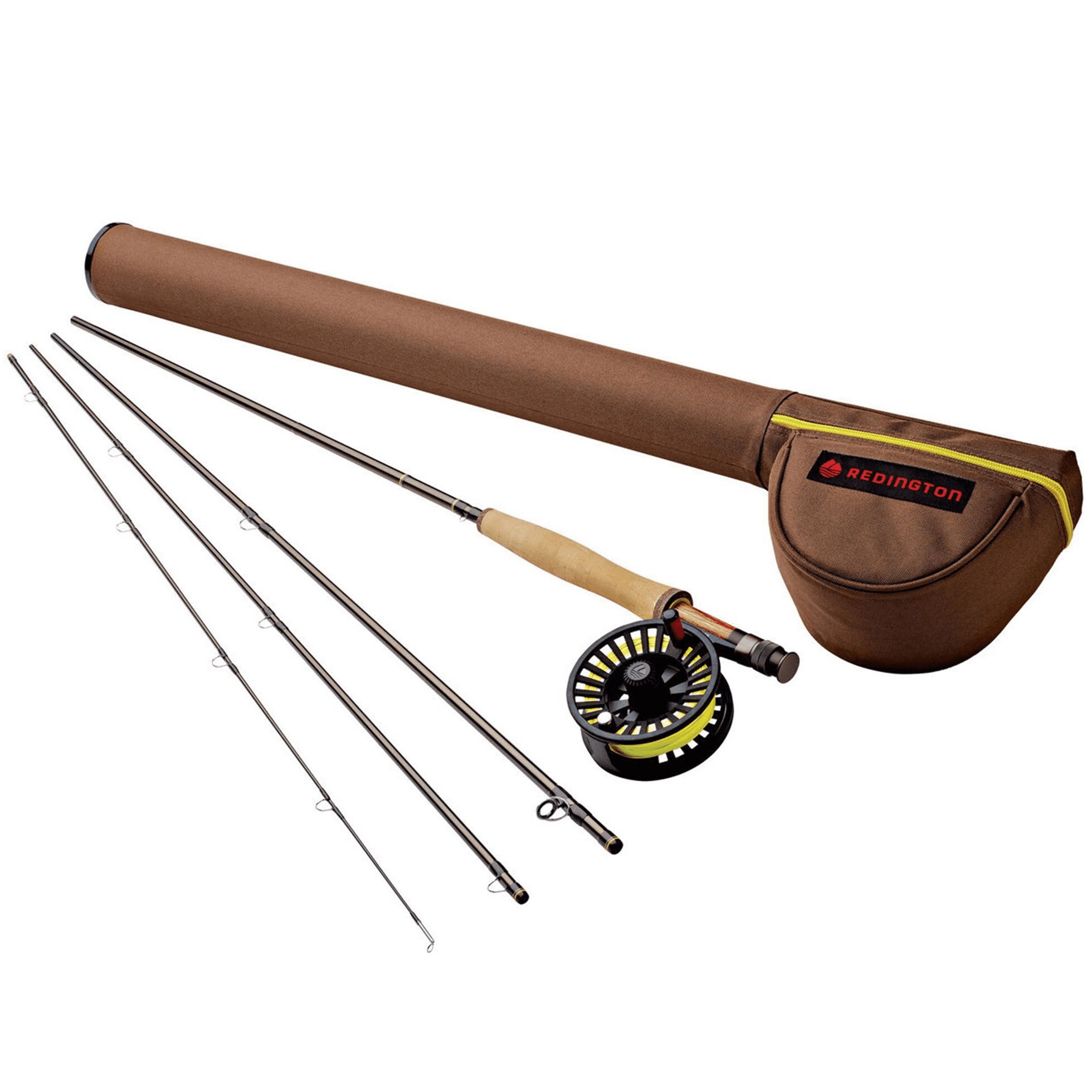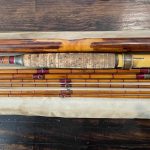The art of fishing has evolved significantly over the centuries, with the fishing rod being a fundamental tool in the angler’s arsenal. These remarkable instruments have undergone a remarkable transformation, moving beyond mere functional implements to become extensions of the angler’s skill and personal expression. At the heart of this transformation lies the diverse materials used in the construction of fishing rods, each offering unique properties and performance characteristics to cater to the diverse needs and preferences of anglers.
In this comprehensive guide, we will delve into the world of rod materials, exploring the various components that come together to create these versatile and highly specialized tools. From the lightweight and responsive graphite to the timeless elegance of bamboo, we will uncover the strengths, weaknesses, and applications of the materials that define the modern fishing rod. Whether you’re a seasoned angler or a newcomer to the sport, this article will empower you to make informed decisions and choose the fishing rod that perfectly complements your fishing style and preferences.
So, let’s dive into the fascinating world of fishing rod materials and unlock the secrets to constructing the perfect cast.
The Evolution of Fishing Rod Materials
The fishing rod has been a constant companion to anglers throughout history, and the materials used in its construction have evolved alongside the sport itself, reflecting changing technologies, performance demands, and personal preferences.
Traditional Materials
In the early days of fishing, anglers relied on natural materials that were readily available, shaping the fishing rod’s design and performance characteristics.
Bamboo: The Classic Choice
Bamboo, with its unique combination of strength, flexibility, and natural beauty, has long been a popular choice for fishing rod construction, particularly in traditional or artisanal applications.
Wood: A Timeless Alternative
Various hardwoods, such as ash or maple, have also been used in the construction of fishing rods, offering a balance of durability and aesthetics.
Modern Synthetic Materials
As technology advanced, the fishing industry began to embrace synthetic materials that offered improved performance, consistency, and manufacturing capabilities.
Graphite: The Dominant Force
The introduction of graphite, a lightweight and highly responsive material, has revolutionized the fishing rod industry, becoming the predominant choice for modern rods.
Fiberglass: A Durable Option
Fiberglass, a reinforced synthetic material, has also found a place in fishing rod construction, providing a balance of strength, flexibility, and affordability.
Specialized Composite Blends
In the pursuit of ever-improving performance, manufacturers have experimented with blending various materials to create custom composite fishing rods.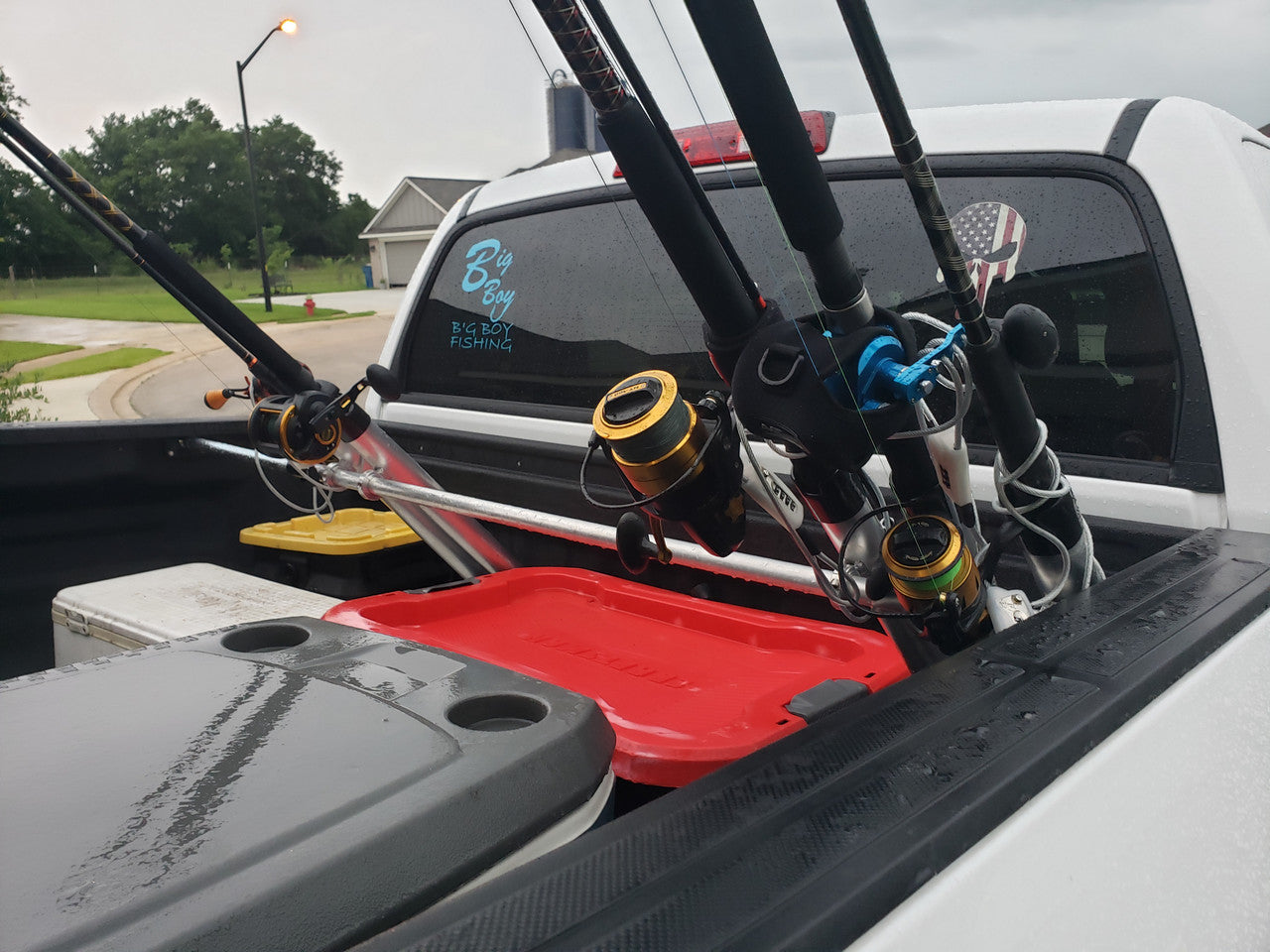
Carbon Fiber Composites
The incorporation of carbon fiber, known for its exceptional strength-to-weight ratio, has led to the development of ultra-lightweight and responsive fishing rods.
Hybrid Constructions
Some fishing rods feature a combination of materials, such as graphite and fiberglass, to capitalize on the unique properties of each and create a well-rounded performance.
The Anatomy of a Fishing Rod
To fully understand the role of materials in fishing rod construction, it’s essential to explore the different components that make up these versatile tools.
Rod Blank
The rod blank is the core of the fishing rod, providing the foundation for the entire structure and directly influencing the rod’s performance characteristics.
Material Composition
The material used in the rod blank, such as graphite, fiberglass, or a composite blend, is a crucial factor in determining the rod’s overall strength, weight, and sensitivity.
Taper and Action
The specific taper and action of the rod blank, which are influenced by the material properties, determine the rod’s casting ability, power, and overall feel.
Guides
The guides, or eyes, are the small rings that line the length of the fishing rod, allowing the fishing line to smoothly and efficiently flow through the rod.
Guide Materials
Guides are typically made from materials such as chrome, stainless steel, or ceramic, each offering unique benefits in terms of durability, smoothness, and weight.
Guide Placement and Design
The placement and design of the guides along the rod blank can also impact the rod’s performance and casting ability.
Reel Seat
The reel seat is the component that securely holds the fishing reel in place, ensuring a stable and consistent connection between the rod and the reel.
Reel Seat Materials
Reel seats are often constructed from materials like graphite, metal alloys, or composite blends, providing strength, durability, and a secure grip.
Ergonomic Design
The design and shape of the reel seat can also contribute to the overall comfort and control of the fishing rod during use.
Handle and Grip
The handle and grip of a fishing rod are crucial for comfort, control, and leverage during the casting and retrieving process.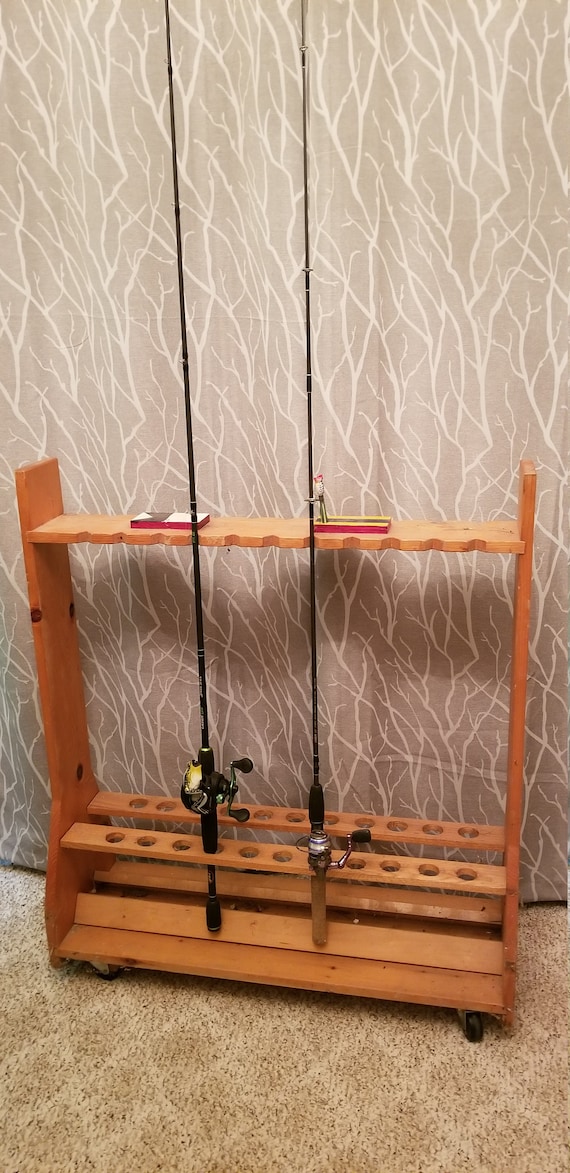
Handle Materials
Common handle materials include cork, EVA foam, and specialized composite grips, each offering unique properties in terms of weight, texture, and grip.
Ergonomic Considerations
The shape, size, and texture of the handle can significantly impact the angler’s ability to maintain a secure and comfortable grip throughout the fishing session.
Selecting the Right Fishing Rod Material
When choosing a fishing rod, the selection of the appropriate material is a crucial decision that can greatly impact the rod’s performance, durability, and overall user experience.
Assessing Fishing Techniques and Environments
The first step in selecting the right fishing rod material is to consider the specific techniques and environments in which the rod will be used.
Targeting Different Fish Species
The size, strength, and behavior of the target fish species can influence the required rod power, action, and material properties.
Adapting to Diverse Fishing Conditions
Factors like water depth, current strength, and weather conditions can guide the choice of rod material to ensure optimal performance in various scenarios.
Evaluating Desired Rod Characteristics
Once the fishing context has been established, it’s essential to prioritize the specific rod characteristics that are most important to the angler.
Sensitivity and Responsiveness
For techniques that require a high level of feel and feedback, materials like graphite or carbon fiber may be preferred for their sensitivity.
Strength and Durability
For anglers who encounter heavy cover or target large, powerful fish, a rod constructed with robust materials like fiberglass or composite blends may be the better choice.
Weight and Balance
The overall weight and balance of the fishing rod can significantly impact casting efficiency, fatigue, and overall control, making material selection a crucial factor.
Considering Personal Preferences and Budgets
In addition to the technical considerations, personal preferences and budgetary constraints can also play a role in the selection of fishing rod materials.
Aesthetic Appeal and Customization
Some anglers may prioritize the visual appeal and customization options offered by different rod materials, such as the classic look of bamboo or the sleek design of graphite.
Cost and Value Considerations
While high-performance materials like carbon fiber may offer superior capabilities, more budget-friendly options like fiberglass can still provide excellent value and functionality.
Caring for and Maintaining Fishing Rods
Proper care and maintenance of fishing rods, regardless of the material, are essential to ensure their long-term performance, reliability, and value.
Cleaning and Storage
Regular cleaning and proper storage techniques can help preserve the integrity and appearance of fishing rods.
Cleaning Procedures
Gently wipe down the rod blank, guides, and other components with a soft, damp cloth to remove any dirt, debris, or salt deposits.
Appropriate Storage
Store fishing rods in a cool, dry place, away from direct sunlight, heat, or humidity, to prevent warping, cracking, or other material degradation.
Protecting the Rod Blank
The rod blank, being the most critical component, requires special attention to maintain its structural integrity and performance.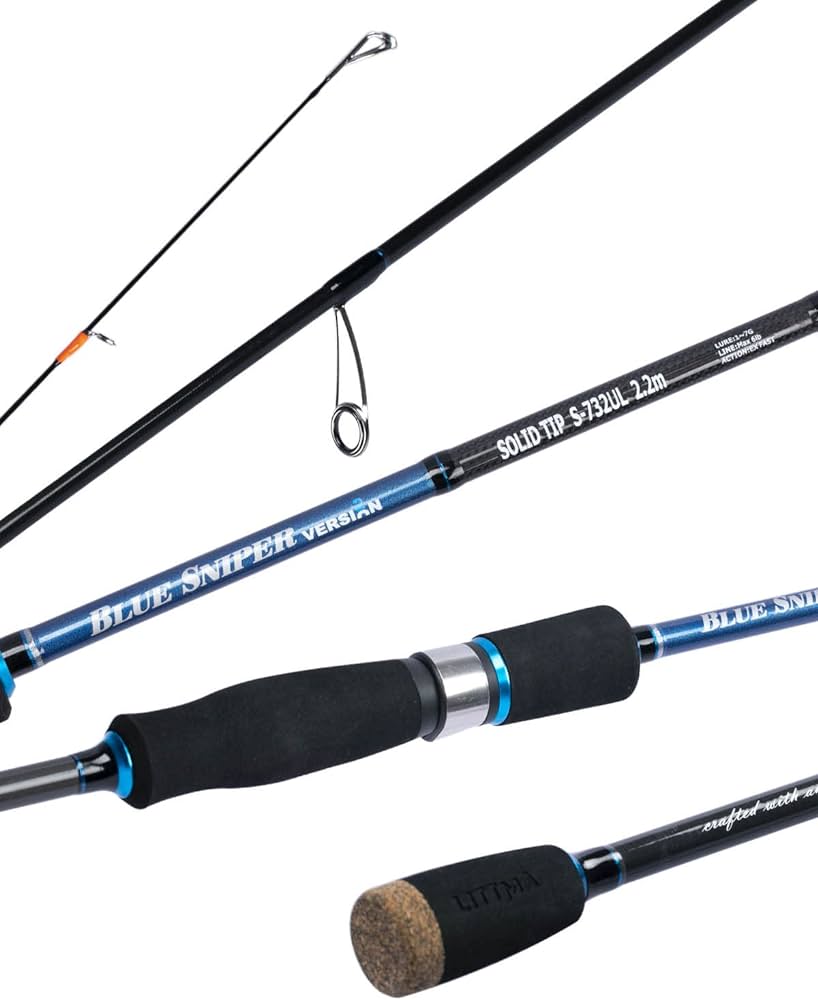
Handling Precautions
Avoid exposing the rod blank to excessive bending, twisting, or impact during use, transportation, or storage to prevent permanent deformation or damage.
Repair and Reconditioning
In the event of minor cracks, chips, or other damage, seek the expertise of a professional rod repair service to restore the rod’s structural integrity.
Maintaining Guide and Reel Seat Components
The guides and reel seat are essential for the smooth operation and secure attachment of the fishing line and reel, requiring regular maintenance.
Lubricating Guide Rings
Periodically apply a small amount of silicone-based lubricant to the guide rings to ensure smooth line movement and reduce wear.
Inspecting Reel Seat Integrity
Regularly check the reel seat for any signs of looseness or damage, and tighten or replace components as necessary to maintain a secure connection.
Personalizing and Customizing Rods
For anglers who value the unique and personal touch, customizing or modifying fishing rods can be a rewarding experience.
Adding Custom Grip Components
Replacing the handle or grip with personalized materials, such as custom cork or specialized grips, can enhance the rod’s comfort and visual appeal.
Engraving or Decorating the Rod
Incorporating engraved designs, painted accents, or other decorative elements can transform a fishing rod into a true work of art and personal expression.
Conclusion: Constructing the Perfect Cast with Fishing Rod Materials
The materials used in the construction of fishing rods have evolved alongside the sport itself, reflecting the changing technologies, performance demands, and personal preferences of anglers worldwide.
Through this comprehensive guide, you have gained a deeper understanding of the diverse range of materials that define the modern fishing rod, from the lightweight and responsive graphite to the timeless elegance of bamboo. This knowledge will empower you to make informed decisions and choose the fishing rod that perfectly complements your angling style and preferences.
As you embark on your fishing adventures, remember that the choice of rod material is not just about performance; it’s also about personal expression and the connection you forge with the art of angling. Whether you opt for the cutting-edge technology of a graphite rod or the classic charm of a bamboo masterpiece, let the material you select be a reflection of your unique identity and the passion you bring to the water.
Unlock the secrets to constructing the perfect cast by embracing the diverse range of fishing rod materials. Let the properties and characteristics of these specialized components guide you in your quest for the ultimate fishing tool, one that will serve as an extension of your skill, your style, and your unwavering dedication to the sport.
Dive into the fascinating world of fishing rod materials and let them be the foundation upon which you build a fishing experience that is truly your own. Unlock the potential of these remarkable instruments and let them be the catalyst that propels you towards the ultimate catch and the enduring joy of the angling life.
